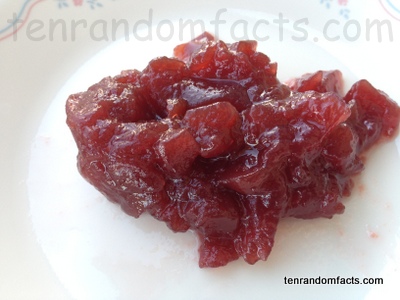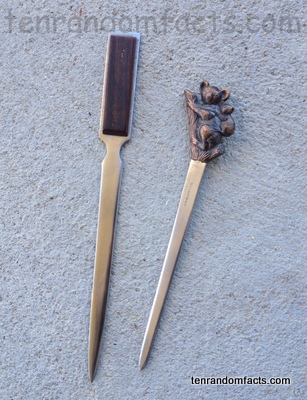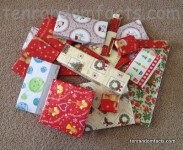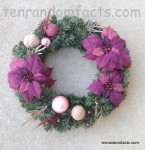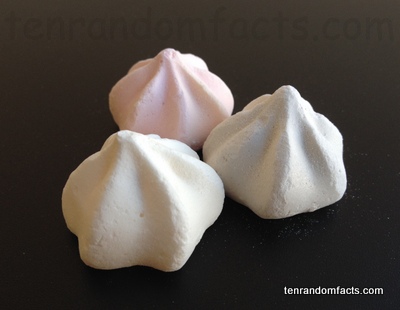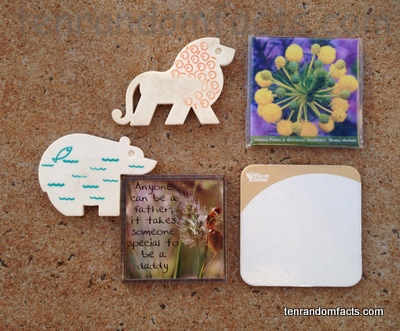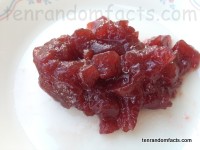
Always have cranberry sauce with your turkey.
- Cranberry sauce is a culinary condiment or sauce used to flavour other food dishes.
- ‘Cranberry sauce’ is also known as ‘cranberry jelly’, and it is bought in cans or jars from supermarkets, or made at home.
- The primary ingredients of cranberry sauce are sugar, cranberries and water, and sometimes other ingredients and flavourings are added.
- Cranberry sauce is typically made by mixing together and boiling the ingredients, as in jam making, causing the elements to combine and thicken and the cranberries to burst.
- Cranberry sauce can be a semi-liquid or a jelly-solid, and it is usually served scooped out of a jar with a spoon, or sliced.
- Cranberry sauce is traditionally eaten on either Thanksgiving or Christmas, often accompanying a turkey dish, and it is also sometimes served with other meats.
- The general taste of cranberry sauce varies from country to country; American versions are generally sweet, while European versions tend to be a bit sour.
- The earliest known recorded mention of cranberry sauce was in 1663, in a cookbook; more than 40 years after the first Thanksgiving dinner in the United States.
- Commercialised cranberry sauce became available in cans in 1912 and were popularised in the 1930s with the introduction of Ocean Spray’s version.
- Cranberry sauce is high in vitamin E, fibre and manganese, and it also contains significant quantities of sugar.
Bibliography:
Cranberry Sauce, 2014, Wikipedia, http://en.wikipedia.org/wiki/Cranberry_sauce
Hallowell B, The History Behind 5 Thanksgiving Traditions Americans Love, 2013, The Blaze, http://www.theblaze.com/stories/2013/11/28/5-thanksgiving-traditions-americans-love-a-brief-history-of-turkey-wishbones-football-and-more/
Why Canned Cranberry Jelly Became a Thanksgiving Icon, 2014, The Kitchen, http://www.thekitchn.com/why-canned-cranberry-jelly-became-a-thanksgiving-icon-food-history-213299




